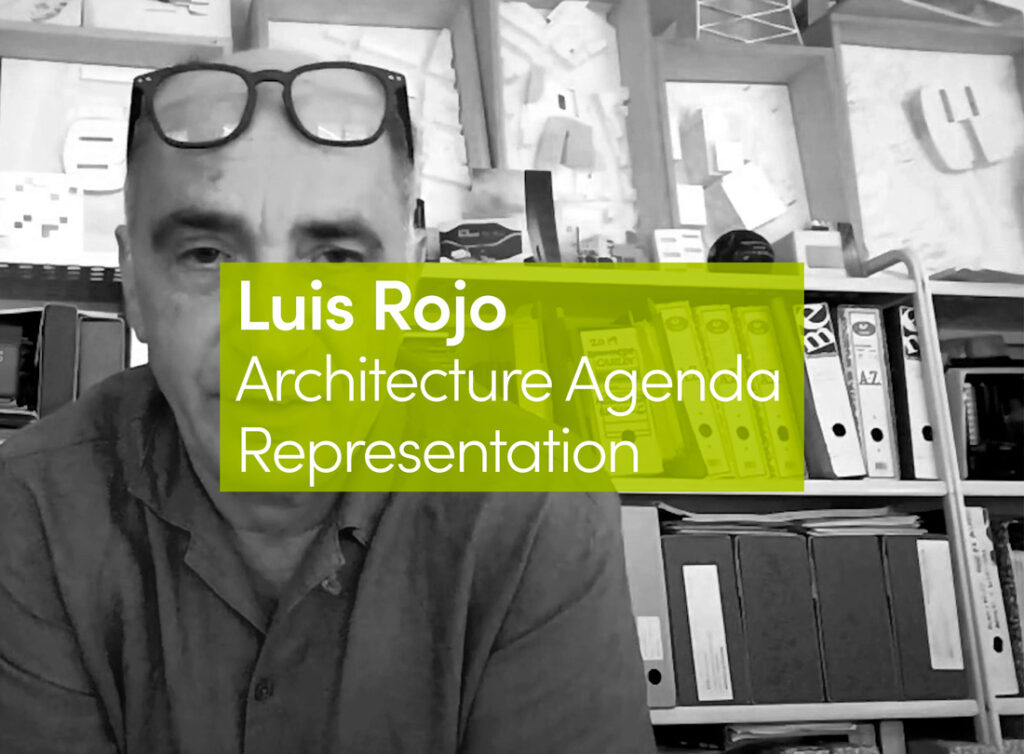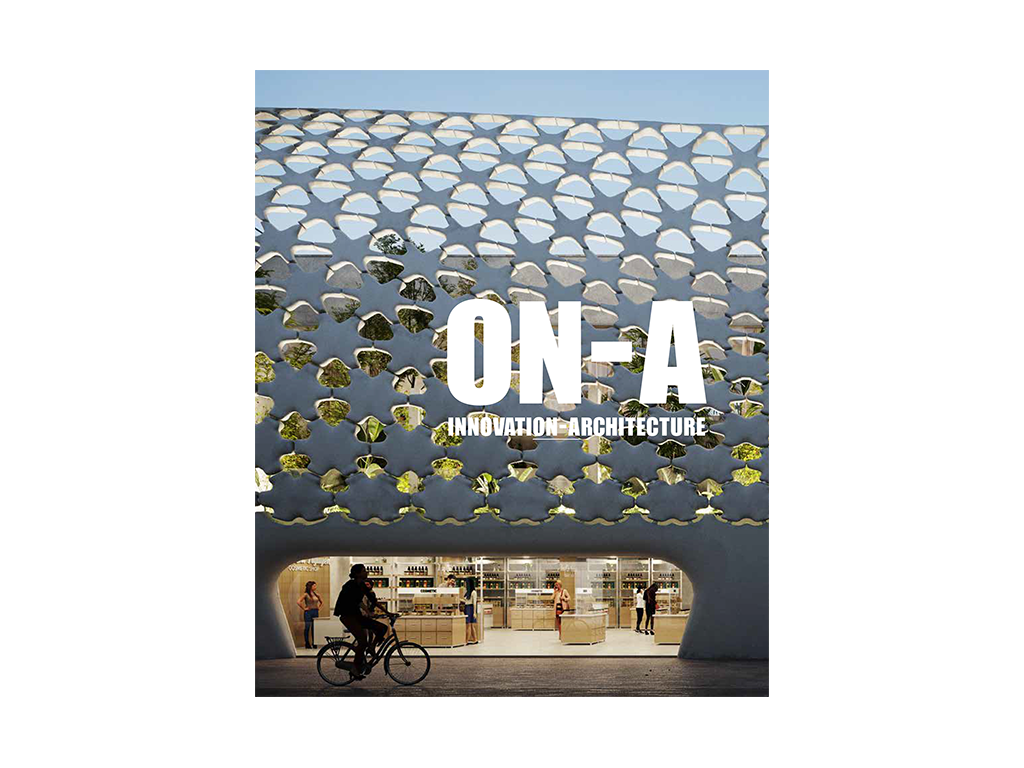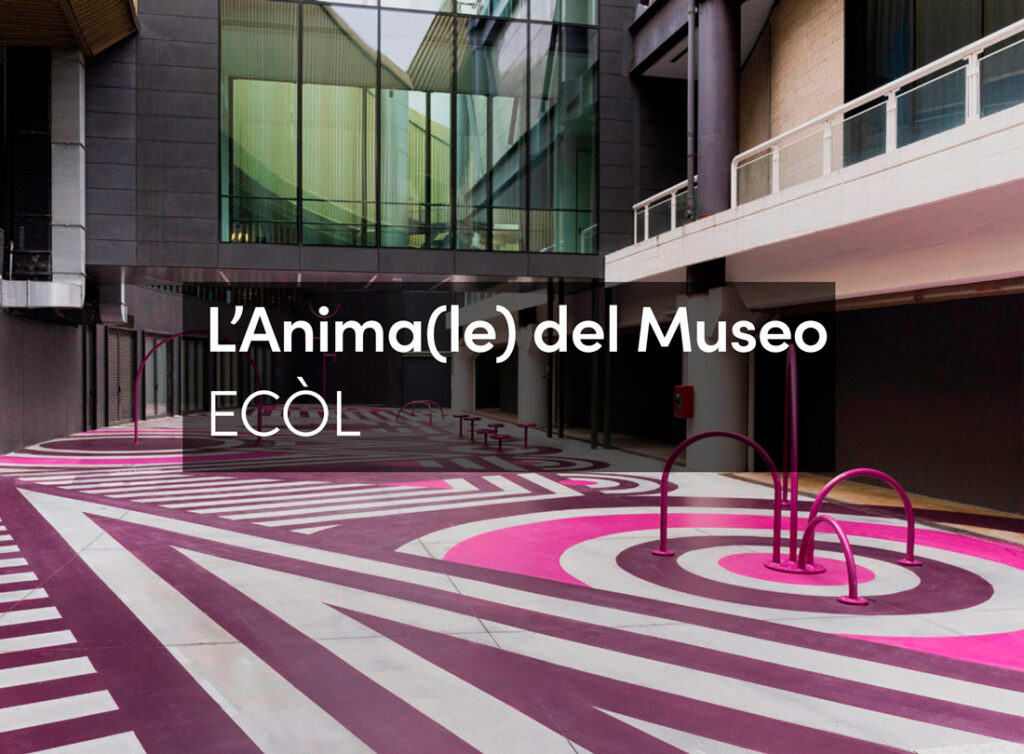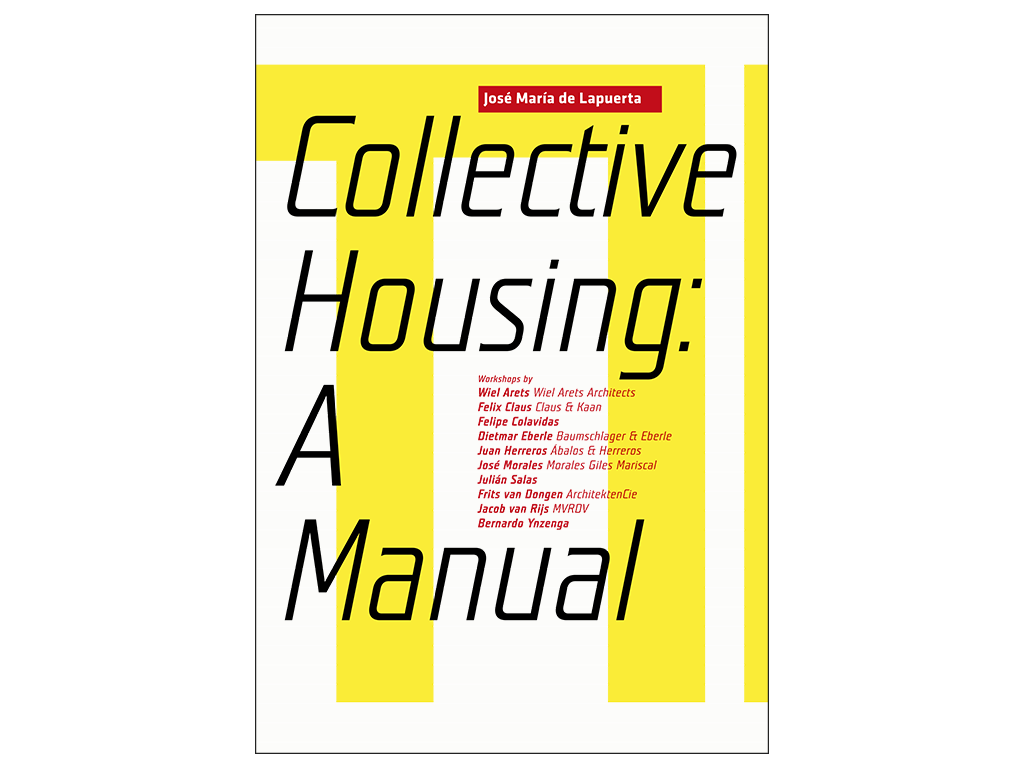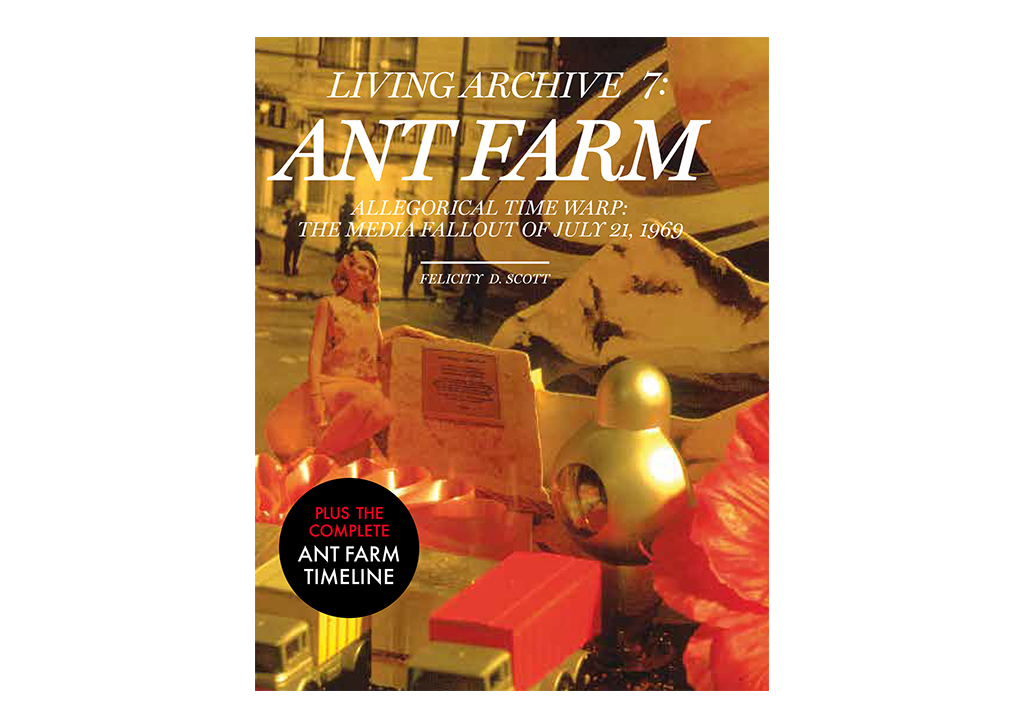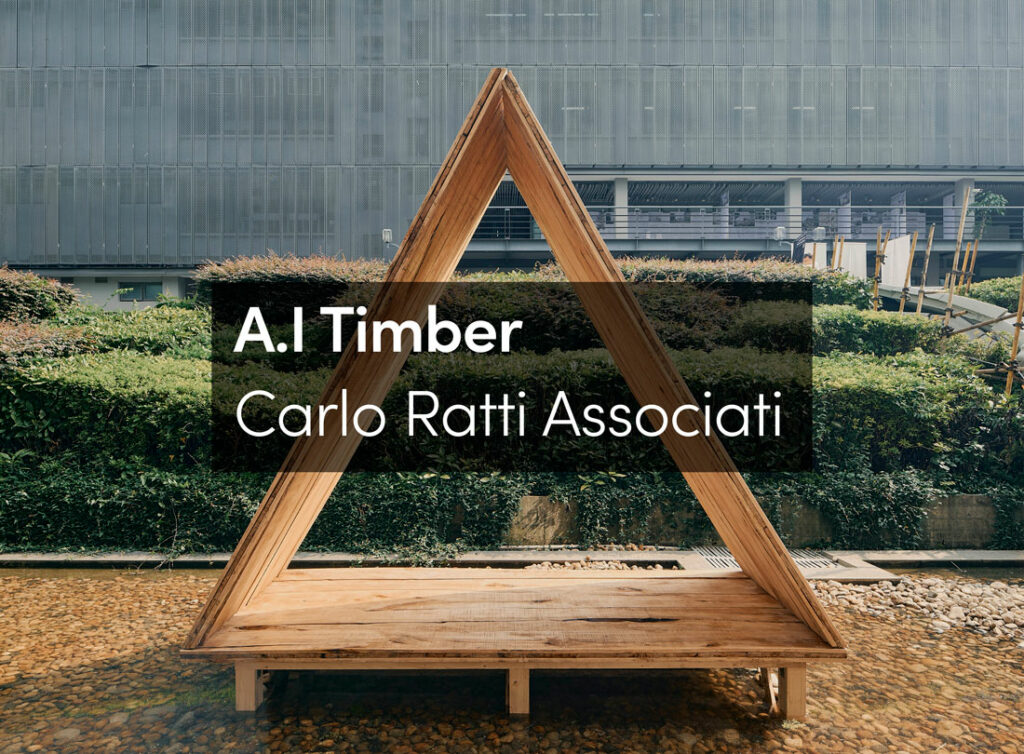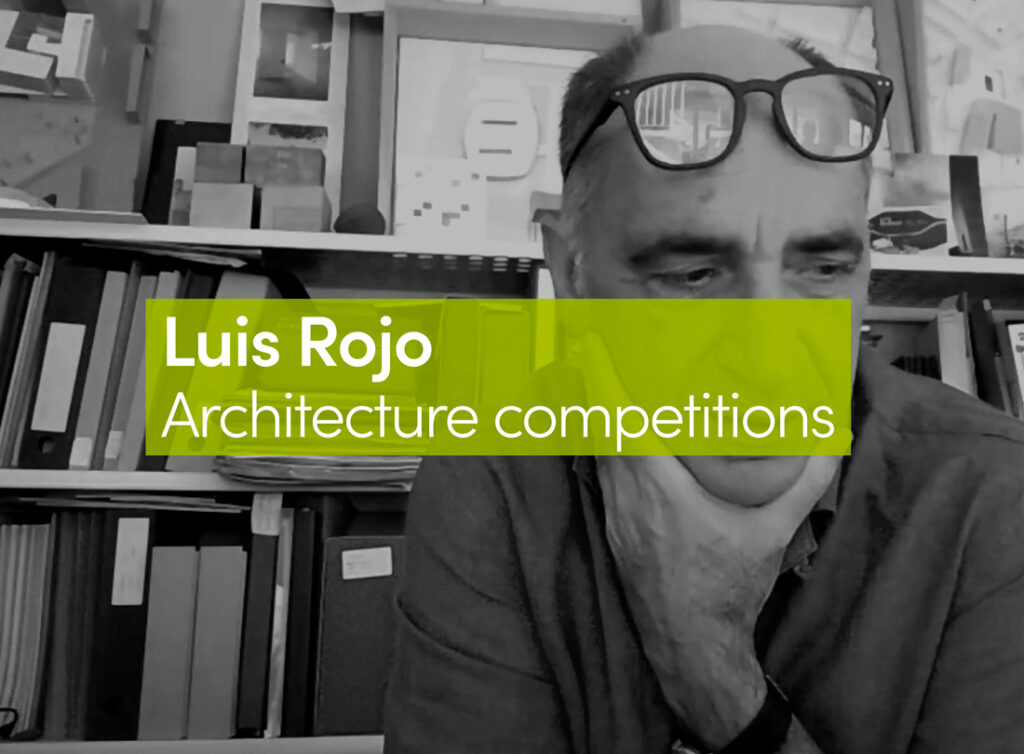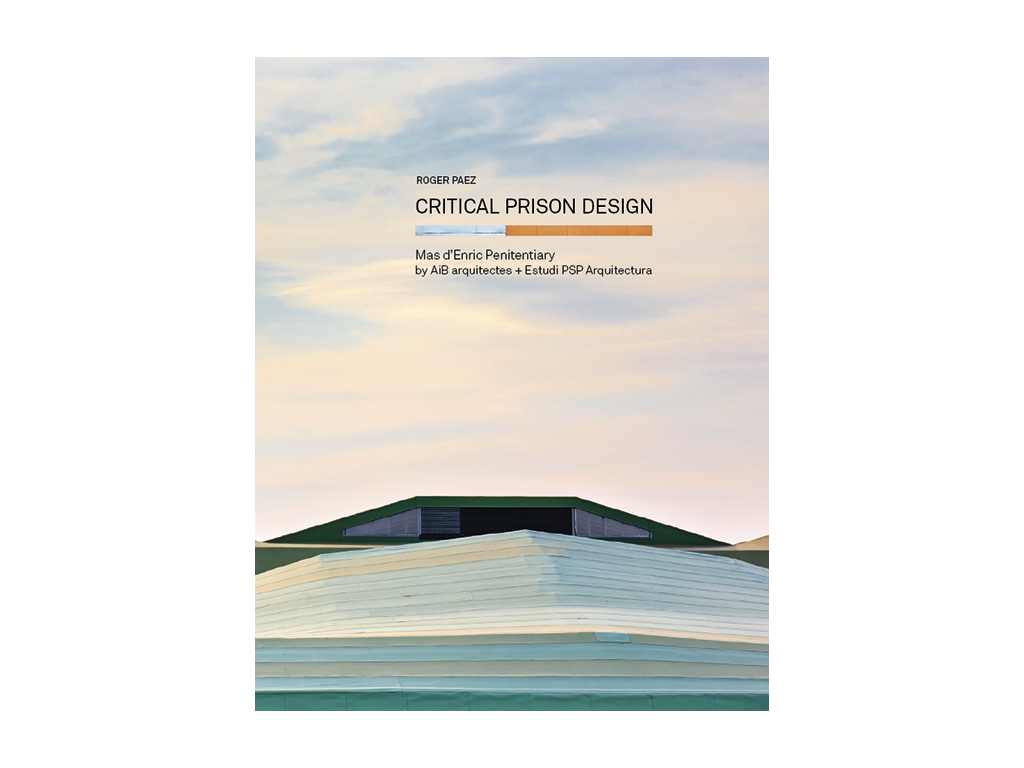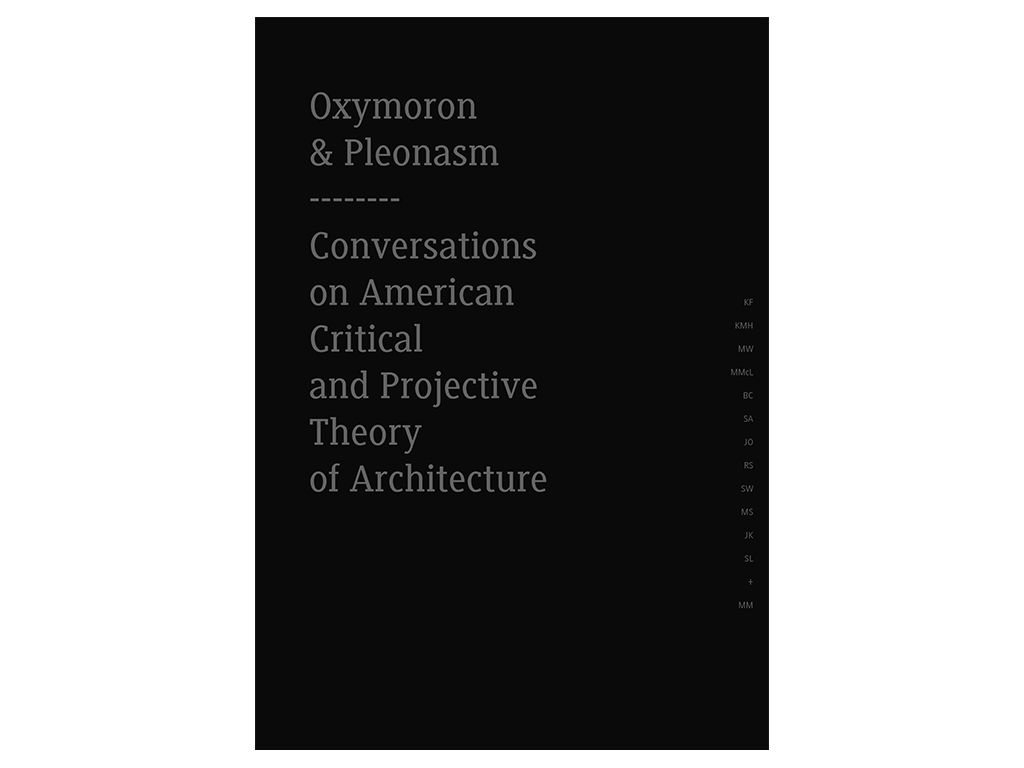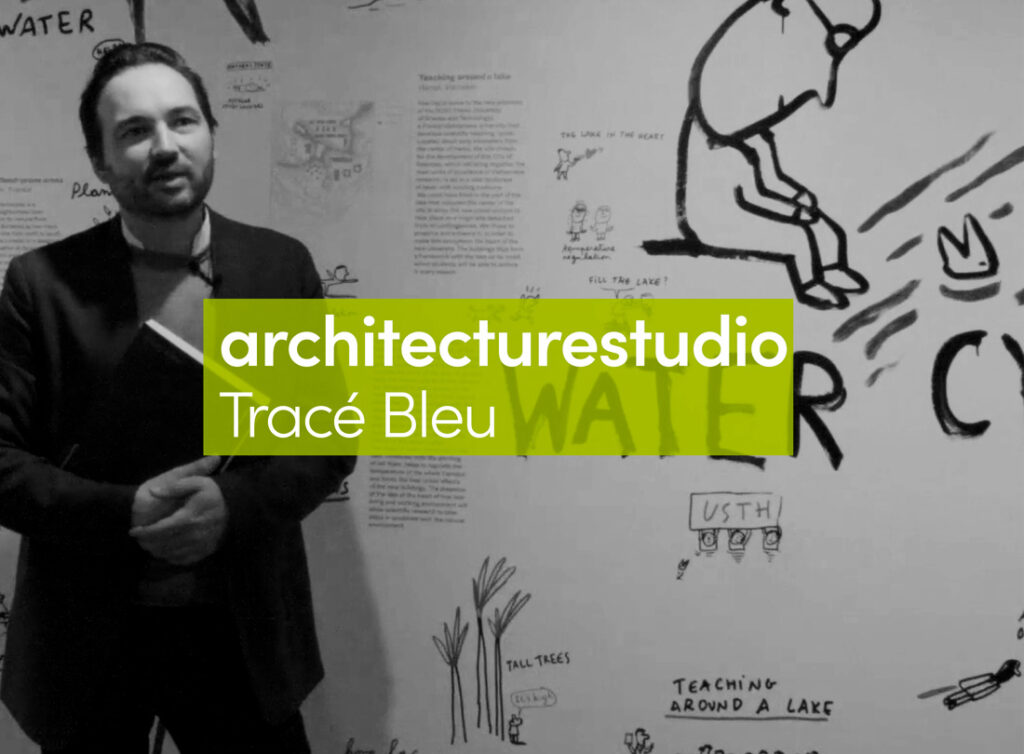In June 2016 the second Critic|all conference, in coordination with the 7th edition of the MPAA Master program, proposed reconsideration of the concept of architecture’s autonomy and its current role both in professional practice and in architecture theory.
The call issued by the conference made reference to globalization’s pragmatism and its impact over and through the economic, social, political, technological, warfare and ecological realms. And, it declared, as heir to Postmodernism and its distaste for Utopia and ideology, globalization promotes a concealed recognition of the status quo.
Certainly, if we are to re-draw once again the body of architecture – its organs or even its questioned anatomy – with the intention of discerning its identity within this global scenario, we will have to do it within the formless context of global realism and mass-media, removed from the art-object reification of architecture on which autonomy was once predicated.
Thus, if we assume that autonomy and form are programmatically relevant again, they are so within a particularly new and complex context, in which the role of architecture is more blurred than ever before, embedded in a cultural and professional context uninterested in differences, disciplinary boundaries or identities.
So we are faced with the need –if there is such need- to answer to why a debate on autonomy is relevant again today. And, necessarily and immediately after this, where do we stand today in regard to autonomy within the context of globalization, mass media and the radical interconnection of contemporary knowledge and techniques?
I will approach the task of answering both questions by outlining a certain genealogy of events that construct a sequence, a historical index of events in order to refresh our memory as well as to remind us of the recurrence of its claims.
Though it could probably be argued that the new identity of architecture created in the Renaissance fully displays the qualities of autonomy, the modern and problematic understanding of the concept of autonomy we are circling around should not be traced that far back. Its origins can be identified in Kaufmann’s writings just before and after the 2nd World War, circa 1930-1940.
Kaufmann connected Immanuel Kant with Ledoux and the rational of Neoclassicism. And, if we follow this hypothesis, the connection extends beyond, all the way through Le Corbusier and the aesthetics of abstraction to Modernism, in a polemical lineage that will stay at the heart of these debates.
For Kaufmann, autonomy is expressed both as a conceptual discourse and in the organization of form. And it is such direct expression of formal autonomy that links the abstraction of Modernism with the rational venue and the synthetic fragmented morphologies of the revolutionary rationalism that characterized the architecture of Boulle and Ledoux, a bold move not exempt of difficulties.
However, in the post-war architecture scene this lineage split in several drifts, opening up new and opposed interpretations of autonomy: On the one hand, through such figures as Rossi and Rowe, a disciplinary autonomy that, thought with different agendas in mind, reclaimed the role of form and History in the new post-war scenario. On the other, a new and autonomous role of architecture as a critical instrument –the concept of a critical architecture, capable of unveiling its discursive nature as well as its ideological agenda-, was built up towards the 1970s and was finally capitalized by Eisenman through the journal Oppositions and by Michael Hays in Assemblage.
Eisenman constructed a compelling yet overly complex argument for the dismembering of the conventions of architecture in seminal theoretical texts such as ‘The End of the Classical’, where the concepts of function, form and History were undermined as arbitrary conventions. On his part, Hays propelled through academia the role of a new kind of Critical Theory as the ground for architectural education, and aimed at reconfiguring architecture as a discursive construction and not just as a practical instrument.
So, by the 1980s, the concept of architecture’s autonomy had split in two trends as a result of the different roles assigned to FORM and the symbolic content –in particular in the plans-; to HISTORY as a source of identity and authority -its disciplinary support-, and to REASON, a mechanism that connected un-problematically historical and contemporary architecture.
Then, in 1984, the issue Nº21 of Perspecta, the journal of the Yale School of Architecture, raised the discussion about autonomy again , this time under the spell of the trip through Las Vegas as a surrogate of popular culture, the symbols of the American and the engagement of architecture with a sort of ‘real reality’ -as opposed to an aestheticized and intellectualized vision of such reality, its academic sublimation-, thus reintroducing the social, the political, the vernacular and the common within the concerns of architecture.
However, the confrontation between the heirs of popular architecture and the obtrusive discourse of theory produced within the secluded and protected environment of architecture schools, or the over-intellectualized analytical processes of Eisenman methodologies of description and production, ended inadvertently with the construction boom of the 90s.
In a sort of sudden amnesia, such confrontation between social and cultural engagement versus Critical Theory was replaced by a new approach more in tune with the times, later named as New Pragmatism. By then, the theorization of globalization and its un-problematic acceptance of an ‘uncritical practice’ was the new academic and intellectual stand, for which autonomy was not on the agenda.
It was within that venue that the pragmatic Duch intelligencia of the 90s openly rejected the ‘obscure’ Critical Theory of French and American academia in the name of architecture’s instrumental integration in the global economy and the unquestioned radical capitalism of the turn of the century. The New Pragmatism declared war on theory and thus on autonomy and, through the 90s we learned that to be contemporary meant, among other things, the substitution of disciplinarity for instrumentality, a transition within which History became another collateral damage.
However, it could be argued that such confrontation was neither simple nor binary, or that what was being actually proposed was a new disciplinarity constructed by other means. In other words, a disciplinarity supported on a pragmatic realism that runs along the actual production of such reality: the ‘just there’ proposed by Michael Speaks in those same years. The new emphasis was directed towards architecture and its mechanism when invested in the resolution of ‘uninteresting’ problems or practical needs in the contexts of globalization and development, turning its back on content and theory out of a more pragmatic ‘economy of means and ends’.
That might explain how we ended up interested in the typical plan, the production of informal urbanisms or the discovery of the generic as a contemporary condition, identifying the more sophisticated operative systems already at work in the more banal or unloaded contexts and devoted to a supportive theory.
And such was the spirit of the revisiting issue of Perspecta Nº33 when, in 2002, the journal editors made a new Call for Papers under the title “Mining Autonomy”. The message was clearly stated in the editorial piece:
“Far from abandoning the notion of autonomy, Mining Autonomy maintains a critical position that shifts its attention from the centre of the discipline to its borders. Located at the interface between autonomous withdrawal and cultural determination, critical architecture occupies a position on the periphery where it acts as mediator –translating knowledge from various pursuits into the language and conventions of architecture as well as passing intelligence and speculation from the discipline to the world. Architecture is therefore capable of maintaining both its critical capacity while also engaging in its social and cultural context.”
The role of autonomy versus instrumentality was, in fact, being retraced and reformulated through the very contemporary capacity to accept the dilemmas derived from paradox, together with the very democratic principle of ‘one and the other versus one or the other’ already stated by Venturi years before. ‘Located in the interface’ and acting as ‘mediator’ –the social roles that architecture cannot abandon nor deny-, will not be at odds with maintaining a critical and autonomous role, according to the editors.
Thus, such is the circular journey we have to face and to acknowledge when we decide to answer the question as to why the autonomy of architecture is a significant issue again in 2016, and where do we stand in regard to this recurring debate.
A quick look at the architecture blogs and digital media shows us that form is back, if it ever went away. But it is not the form that Rossi or Rowe had in mind; it’s another kind of form, a form autonomous from history, almost a figure of form predicated both on technological instruments of production based on digital resources as well as on the media dissemination of images as icons.
We are told that when an object serves a purpose, its form comes from efficacy, from its capacity to meet functional requirements with the maximum economy of means. Being useful and fit for the job turns the object into a sort of structural model, an anatomical body tuned for its purpose, like such machinist devices as Le Corbusier’s airplane images or Francesco di Giorgio’s fortress of Sassocorvaro alike.
These devices display an instrumental nature: the value of the purposeful object, the technical limb. They are tools. These kinds of objects have no history, no aura; they are signs of an instrumental reason. This sort of reason has been re-named as functionality, but it still resides on the classical paradigms of truthfulness and proportionality, now reconfigured as economy of means and of usefulness.
Other objects display an abstract form, alien to the unity of symbolism or the readability of iconography. Its reason is purely formal, with no reference to other systems of meaning. It resides in the object placed in front of us, on its direct and actual experience. We are confronted with their material quality, embedded in the physical presence and summoned by the relationship with the viewer. It is not about meaning or representation, but about matter and materiality that remains abstract, oblivious to interpretation, opaque. 20th Century art –Duchamp, Mondrian and Pollock- has taken us here.
Today, however, objects are fundamentally allegorical, as their meaning does not coincide with their material body or its qualities. Form resides on an envelope that has achieved its own autonomy, its own role: the autonomy of the image, the digital surface and the wrapping without matter.
It is a paradoxical quality, as it reclaims the value of multiplicity and ambiguity, of the detachment of the image from the structure, even of form from content. Such is the structure of allegory, capable of bonding arbitrarily the object and its meaning.
So, if there was a time when form was autonomous, now it floats free both in time and space, in the space of digital dissemination and parody. This new autonomy is not derived from the discourse of architecture but from the very nature of the media, the subordination of the production of images to the structure and needs of the media, its relentless consumption, repetition, reproduction…
So, where do we stand today in regard to architectural autonomy and the related role of form in contemporary media? I would argue that we are interested in autonomy fundamentally from a pedagogical standpoint, as we have to explain to our students that architecture is an interface, a mediating device between culture and production but, simultaneously and as a body of knowledge, an autonomous discourse, therefore being both an instrumental device and a discursive mechanism.
As architects, we know that there is nothing less autonomous than architecture. Its imbrications to – almost dependency from – reality in all its aspects and scales –social, technical, political, economical, etc.- is such that it could be argued that architecture is just the very construction of reality. And we also know that the concept of disciplinary autonomy is a discursive construction to protect ourselves from the contingency of reality.
Such is the paradox we face: that even if architecture is not autonomous from reality, its thinking is. Because, no matter what the say, architects do not work with matter, we work with ideas about matter through form.
What is certain is that different and successive cultural and professional contexts – including of course the social and political aspects in which these reflections on disciplinary autonomy have taken or are taking place-, are both strategic and seminal. The identity and solvency of disciplinary knowledge is a fact as well as an idea, an idea which has waived alternately between being proactive or reactive.
Its configuration has been (or will be) proactive in those instances in which history and the past have been put into question or missed. The argument about the need for the original and defined roots – historical and technical – of disciplinary knowledge calls upon its fundamental base, the argument of authority. Or the affirmation that ‘architecture is architecture’, a tautology which advocates for the continuity of experience in defence of its professional and technical identity.
That is what happened after the Second World War, and in reaction to it, with the re-introduction of history both in disciplinary discourse and in academic curricula in the context of reclaim of humanistic values. As it also occurred in the 70s, although this time was part of a reassessment of architecture as a means of communication in the context of the upsurge of semiotics and the naturalization of the analogy of language.
In both cases, to re-establish the bedrock of architecture on its historical and disciplinary past was necessary to construct a message which went beyond its limits: After the Great War, in order to discredit technological progress as the rationale of the future or mechanical utopia; in the 70s, to provide access to the cultural discourse for the middle class and thus democratising – or dissolving – art and architecture within the parameters of the new mass culture.
However, in their pendulum swing, disciplinary discourses have also been (and are) reactive at times; defensive when facing major changes capable of redefining its content or limits, of changing its technical operatives and. Two unique and seminal events serve to illustrate these reactive processes. The first coincides with the characteristic end of the 60s decade; the second, with the no less singular and decisive decade of the 90s.
Denise Scott Brown opened the first breach in the nature and limits of disciplinary knowledge and its intended autonomy in the winter of 1968, as she moved her students from the classrooms of the Yale School of Architecture – emblematically interiorised within Paul Rudolph’s (New Haven 1963) impervious construction – to the anti-urban and commercial city of Las Vegas. Such a physical and conceptual displacement was not supported on a single reason or unique strategy. Taking into account the instruments deployed, it poses several contradictions in itself. Neither does it appear from nowhere nor separate from a defined political, cultural and intellectual context in which Jane Jacobs, Eduard Ruscha or Andy Warhol have to be mentioned.
However, ‘Las Vegas Yale Studio’ was fundamentally and strategically focussed on a sort of mediation between the disciplinary instruments and the new territory of mass culture, displaying intentional and decisive neutrality in regards our theme. Neutrality which does not exist, for instance, in Jacobs’s political and social agenda.
Emulating the inertia and techniques of the social pacifist and anti-establishment movements against the Vietnam War, at the beginning of the 60s Jacobs pushed for change in the decision-making about the city, distancing them from the technical, professional and disciplinary realm in order to transfer them to the public and political sphere of associations, local people and citizens. Thus doing away with the links or relationship with academia or the profession.
Venturi & Scott Brown share Andy Warhol’s interest in mass culture and the commercial iconography of Pop. And with Ed Ruscha they share the use of direct, documental photography in opposition to the mechanisms of representation – which they refer to as the difference between ‘denotation’ and ‘connotation’, whilst rejecting the metaphorical tools of the latter.
However, it cannot be ignore the fact that the description of Las Vegas through planimetric diagrams, continuous references to baroque Rome and to the binary representation of public places in Nolli’s plan ( Rome 1784), expose that the techniques and aims of ‘Las Vegas Yale Studio’ were not unrelated either to disciplinary knowledge nor to its historic rationales.
Thus they declare: ‘Each city is an archetype rather than a prototype’ (Learning form Las Vegas, 1972). For V&DSB every urban fact is unique, archetypical and, thus, symbolic and meaningful in its own terms, in the context of its own codes, be these sophisticated or banal. What the urban fact is not, is a prototype, that is to say, a repeated, universal, machine-like and technical model like those promised in the Modern project.
Therefore, Las Vegas constitutes a case study in which, both academic and non-academic instruments first enable its description as an archetype and, secondly and in consequence, to raise it up to the condition of disciplinary discourse. A disciplinary discourse not exempt of strategic opportunism. The absence of a history of Las Vegas – originally founded in 1844 as a crossroads and coach stop, then awarded in 1931 a special licence for legal betting leading to gambling as its sole economy – granted Scott Brown and Venturi the opportunity to build – to fiction – a discourse as urban history and as an identity for a place which possessed none. Thus the book ‘Learning from Las Vegas’ not only ‘invents’ an identity for Las Vegas but also constructs a discourse able to provide it with a structure, an image, a history or even an artificial nature.
These facts are relevant to the reflection on disciplinary autonomy and the claims for an specifically architectural discourse. And they are because, actually, what takes place in ‘Las Vegas Yale Studio’ is an inversion of the methodological sequence: the disciplinary instruments – graphic analysis, typological interpretation of material configurations, the iconic reading of images or the use of historic precedents – are not applied to the study of a fact, of a real case, but to the construction of a fictional model, of a theoretical archetype. Built in the form and with the instruments of an analytical, descriptive, disciplined and rigorous discourse, the book acquires the qualities of an operative instrument capable of projecting itself onto reality in order to understand, evaluate and expose it.
Definitely, we are looking at a discourse which supplants reality and then calls for its ‘hyper-realism’, its topicality ‘stuck to the ground’, finally implanted as an accurate analysis apart from abstract models or conceptual constructions, however its undisputed disciplinary nature.
The second seminal case is more recent: ‘The Harvard Project on the City’, introduced in the curricula of the Graduate School of Design by Rem Koolhaas in 1995 as the new format of academic research. Its first significant results came soon – the publications ‘The Great Leap Forward’ (Actar 2001) and ‘The Harvard Guide to Shopping’ (Actar 2001) – and deepened the transformation of the production and communication techniques of disciplinary discourses started by the ‘Las Vegas Yale Studio’ experiment.
Following the line of research started by Denise Scott Brown, ‘The Harvard Project on the City’ insists in identifying and inscribing architecture in the most generic, even chaotic hyper-reality of African or Chinese cities built with no apparent plan or articulated, recognisable theory. The substitution of planning with frantic global laissez-faire late–capitalism in Lagos (Nigeria), or the detraction of urban experience in shopping malls and their simulated interior atmosphere through artificial comfort technologies, not only remove education from its academic precincts but undermine as well the validity of a disciplinary knowledge, unable to compete in emotion and interest with such new wave of ‘post-colonial pragmatic hyper-realism’.
The complexity of the problems and places proposed for the study in the successive editions of ‘The Harvard Project on the City’, intensified by its strategic capacity to overturn the disciplinary differences between history, technology or critical discourse, derived into a radical transformation of architectural research. The focus on reality and away from abstract models – highly compelling to students – lead, as a final defensive effect, to a response determined to entwine more decidedly disciplinary knowledge with means of production and professional practice.
A response which brings us back to the beginning of this argument: the reasons why today disciplinary autonomy has become relevant once again as we formulate the discourses on architecture, its social function and its curricular form.
